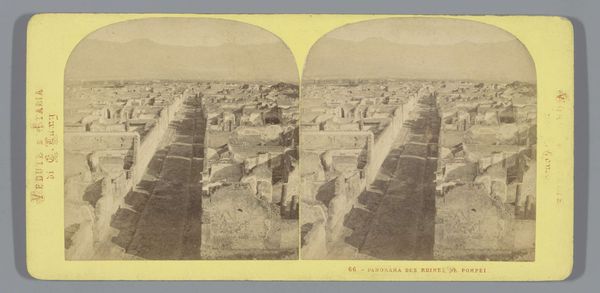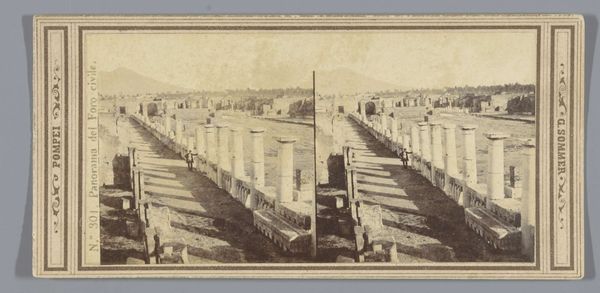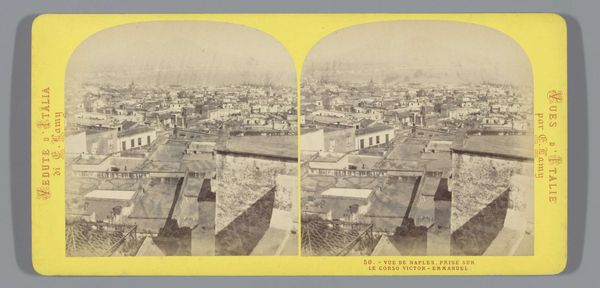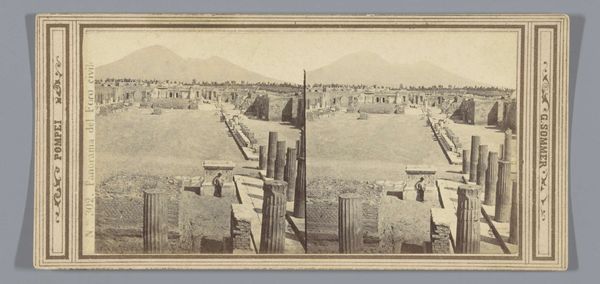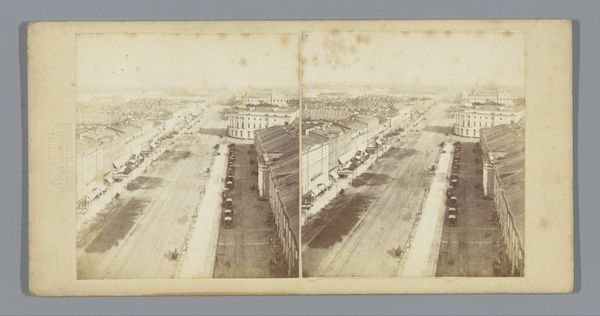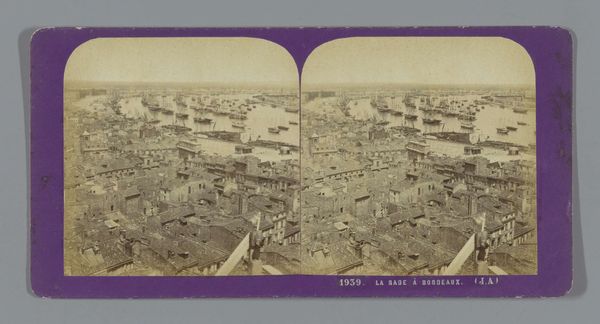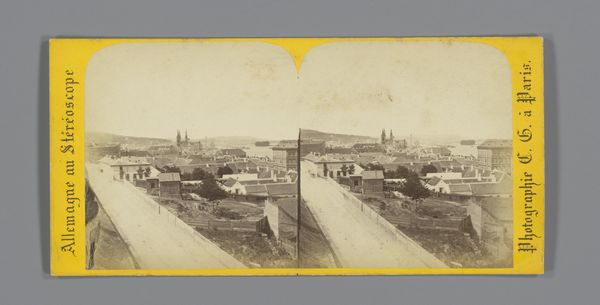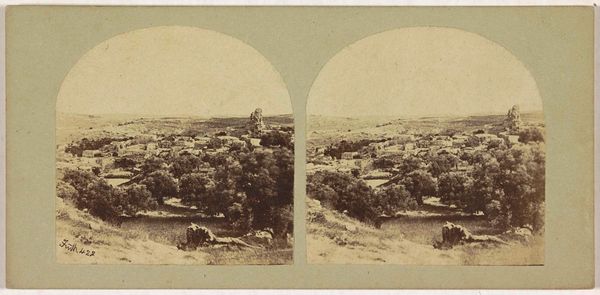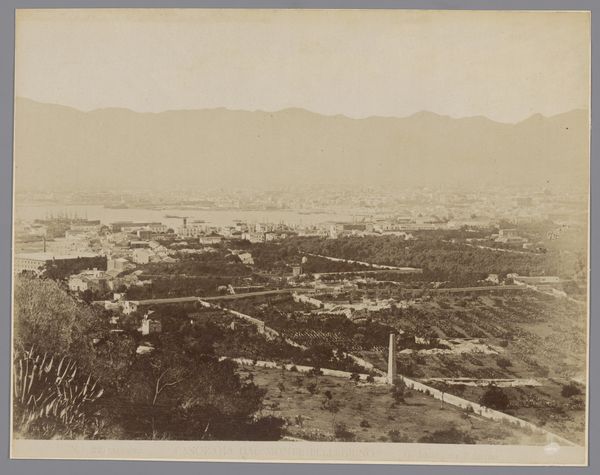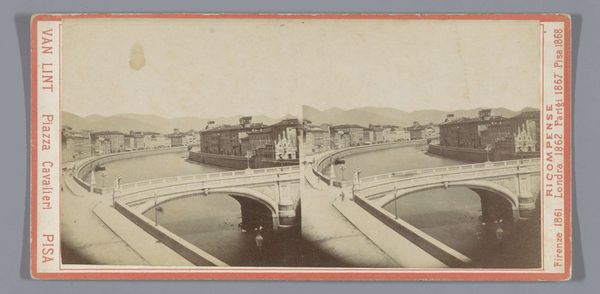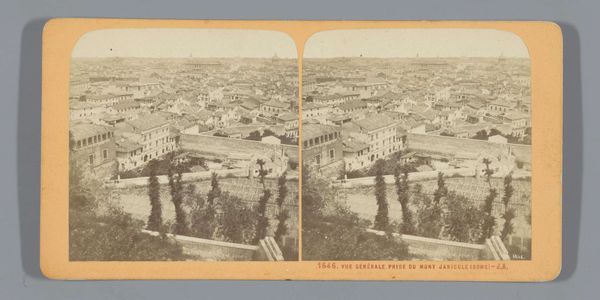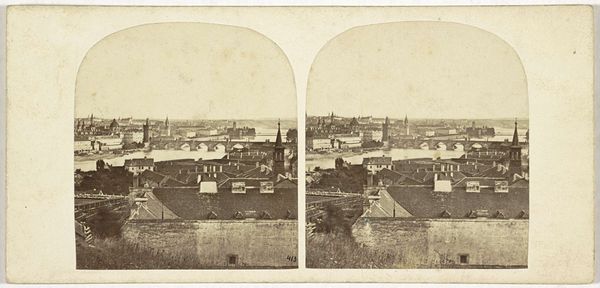
photography, albumen-print
#
landscape
#
photography
#
ancient-mediterranean
#
cityscape
#
albumen-print
Dimensions: height 84 mm, width 173 mm
Copyright: Rijks Museum: Open Domain
Editor: This albumen print, "Gezicht op ruïnes in Pompeï," by Giorgio Sommer, takes us back to the remnants of a once-thriving city. It dates back to the period between 1860 and 1880. I'm struck by the image’s almost clinical quality. It's as if we are meant to observe these ruins not with sentimentality but with cool, detached curiosity. What can we make of this? Curator: Note the material reality: albumen. An emulsion created by egg whites—a decidedly domestic, easily obtainable substance—fixes a panoramic scene of crumbling empire. Sommer capitalizes on this chemical process. Doesn't the very fragility of the medium highlight the impermanence of even the most established societal structures? Consider who would consume such images—how the expanding middle class accessed a material link to 'high culture'. Editor: That’s a fascinating perspective. I was only considering it aesthetically and its function as a record. What kind of labor was involved? Curator: The labor is multifold. Think about the manual development of the image: mixing chemicals, preparing the paper. These actions democratize art. This photo challenges traditional definitions by linking photographic practice with industrialized commodity production. Don’t you see how that subverts expectations surrounding fine art at that time? Editor: So, you're saying the photograph itself, its means of production and its distribution, challenge the supposed exceptionalism of art by highlighting its roots in material processes and a broadening consumer culture? Curator: Precisely! We shouldn't disregard how an ‘ordinary’ technology creates a historical view. The mass-producible image enters homes, shaping perception of not just art, but of history and of ‘progress’ itself. Editor: I never considered albumen print through that angle before! Thank you. Curator: The value shifts depending on how we focus: the photographic materials, its methods of distribution, or the landscape. Seeing artwork through these considerations really enriches its appreciation.
Comments
No comments
Be the first to comment and join the conversation on the ultimate creative platform.

